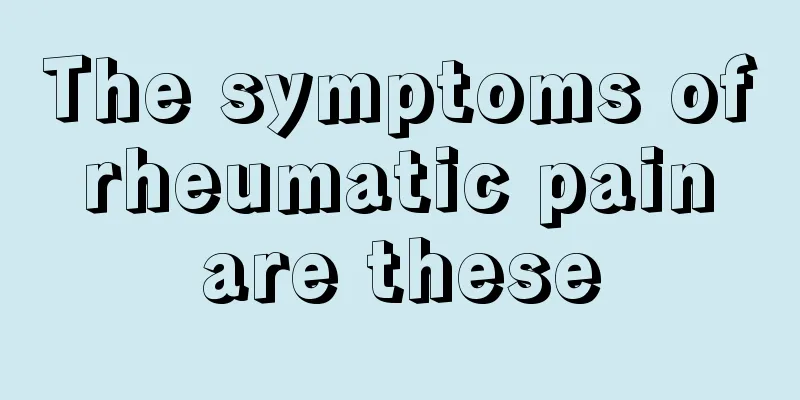What are the arm movements in breaststroke?

|
Many people are interested in swimming. People who swim frequently know that there are four most common swimming styles, namely butterfly stroke, breaststroke, backstroke and freestyle. In comparison, freestyle is the simplest swimming style. Butterfly stroke and breaststroke are the most difficult, so you should learn freestyle first, and then learn breaststroke after you have learned it. The breaststroke swimming style is like a frog swimming in the water. The following introduces the correct arm movements of breaststroke. Breaststroke arm movements: Although the legs are the most important in breaststroke among the four commonly used swimming styles, the propulsion force generated by arm paddling is still of great help to speed. Today, let’s break down the arm movements of breaststroke for your reference. The arm movement cycle of breaststroke can be divided into three stages: outward stroke, inward stroke and arm extension. Outside stroke When starting the outward stroke, the arms quickly rotate inward, with the palms turning outward and downward, and the stroke is symmetrically moved outward, downward, and backward. When the hands are separated beyond shoulder width, the arms are slightly rotated outward, the elbows and wrists are bent, and the palms are turned to face outward, backward and downward. At this time, the palms and forearms have a feeling of holding water. When the hands reach the front and lower side of the shoulders, they reach the widest point, and the hands are separated at an angle of about 100 degrees. Inline At the end of the outward stroke, the arms quickly turn inward, upward and backward, and the palms turn diagonally opposite each other. During the instroke, your palms move outward, inward, and then upward while slowly bending your elbows and paddling with force as if you were drawing a circle. Outstretched arms The arm extension movement is performed by extending the elbow and shoulder forward until the arm is in a straight position. When you start to stretch your arms, your palms are facing each other; when you are about to finish stretching your arms, your palms turn downward; when you finish stretching your arms, your wrists naturally straighten and your hands are together. Those who are just learning to swim often sink their elbows during the breaststroke. Sinking the elbows during the stroke is also called elbow sagging. Sinking the elbows will cause the elbows to be pulled back during the stroke, reducing the surface area of the forearm (forearm) and palm in contact with the water, which will seriously reduce the efficiency of the stroke. The correct action for elbow drop is: the elbow should be upright, maintaining a certain angle between the upper arm (upper arm) and forearm (lower arm), increasing the forearm (lower arm) and palm to the water surface, and increasing the efficiency of paddling. How to improve the state of keeping elbows high: change the habit of sinking elbows through imitation exercises on land, and then practice in water, focusing on the feeling of forearms (lowers) and palms pointing to the water, until you become proficient. |
<<: What does a mole on the inside of your arm mean?
>>: What does a mole on the left arm mean?
Recommend
Can I take anti-inflammatory medicine if the bleeding hasn't stopped after wisdom tooth extraction?
We have all heard the saying, "Toothache is ...
Nursing measures for advanced esophageal cancer
The harm of esophageal cancer cannot be ignored, ...
Why does the skin itch when applying hot compress?
Hot compress is a very commonly used method in li...
The main reason for the formation of bilirubin stones
Stones are a very special disease in the human bo...
What are the steps of root canal treatment?
Some friends may not know much about root canal t...
What is the cause of moderate spleen enlargement
Nowadays, many middle-aged people always have bee...
At what age does nasopharyngeal cancer usually develop? What are the late-stage symptoms?
At what age does nasopharyngeal cancer usually de...
How is endometrial cancer staged? Generally divided into four stages
The uterus is an important organ for women. If th...
The difference between waist and kidney
Back pain, lumbar muscle fatigue...these are all ...
Which hospital has the best technology for treating colorectal cancer
Which hospital has the best colorectal cancer tre...
Can a herniated disc heal itself?
Because of work or lifestyle habits, more and mor...
How to differentiate nasopharyngeal carcinoma from nosebleed and how to provide care
Symptoms of nasopharyngeal cancer sometimes manif...
What are the key points for lung cancer patients' diet care? 3 key points for lung cancer patients' diet care
Lung cancer is a difficult disease to treat. It i...
Who are the most susceptible to bone cancer? Pay attention to these types of people
People who smoke, those who are affected by chemi...
The clinical manifestations of bladder cancer can cause patients to have difficulty urinating
Since the incidence of bladder cancer is very hig...









